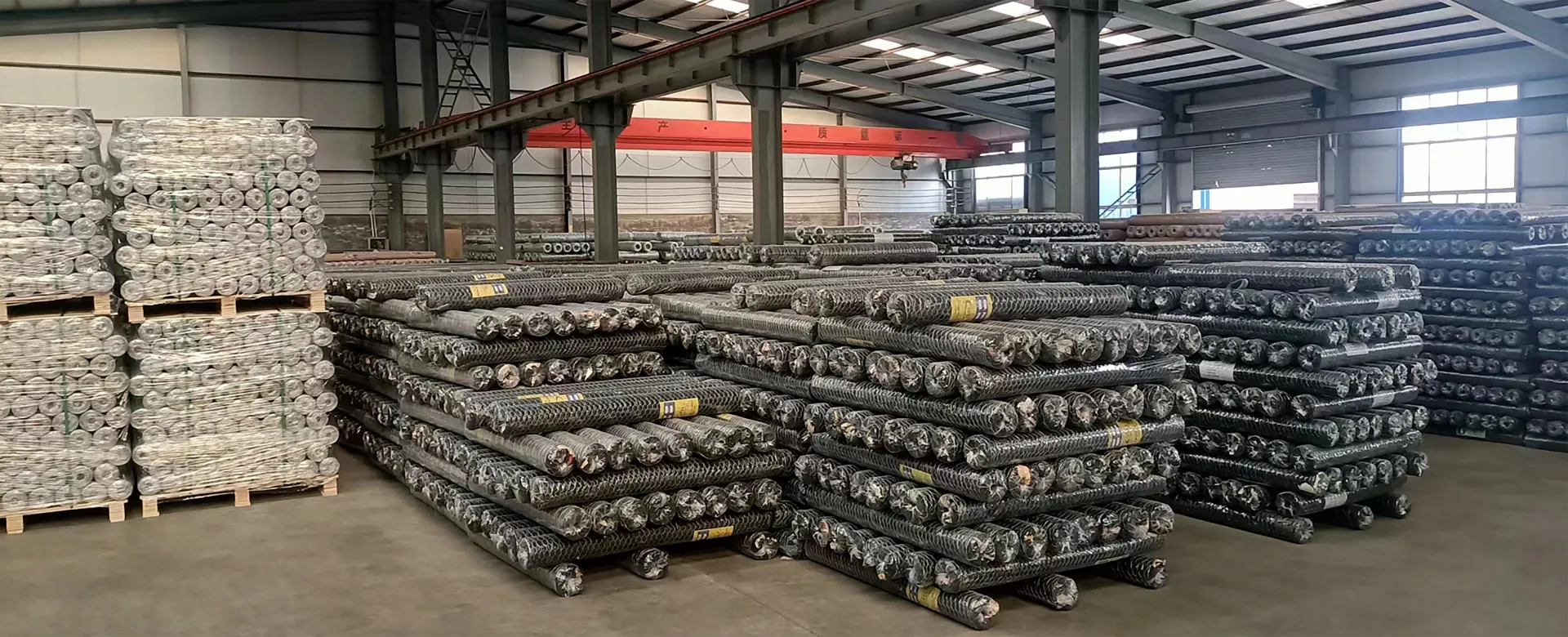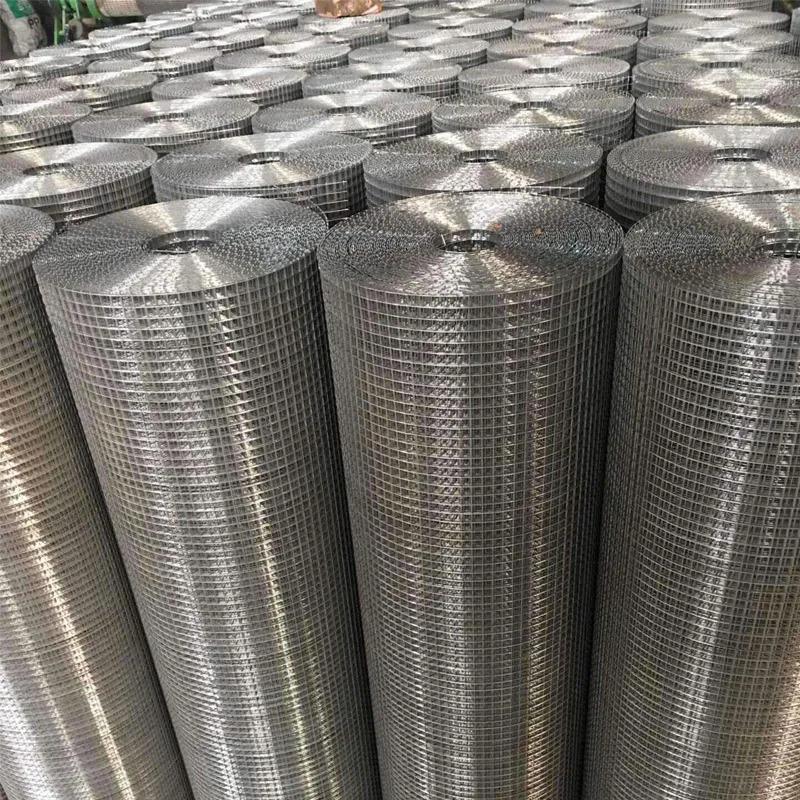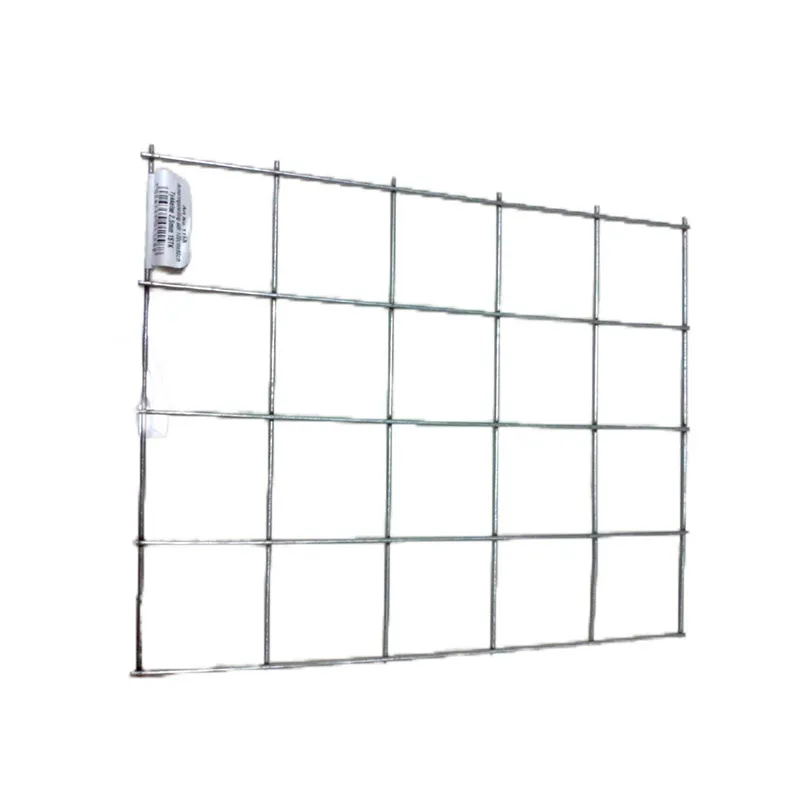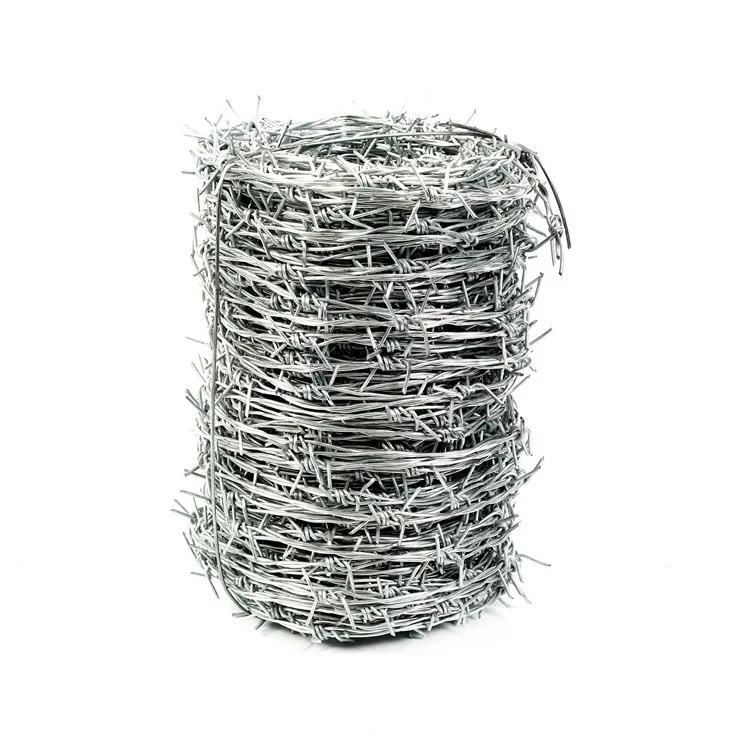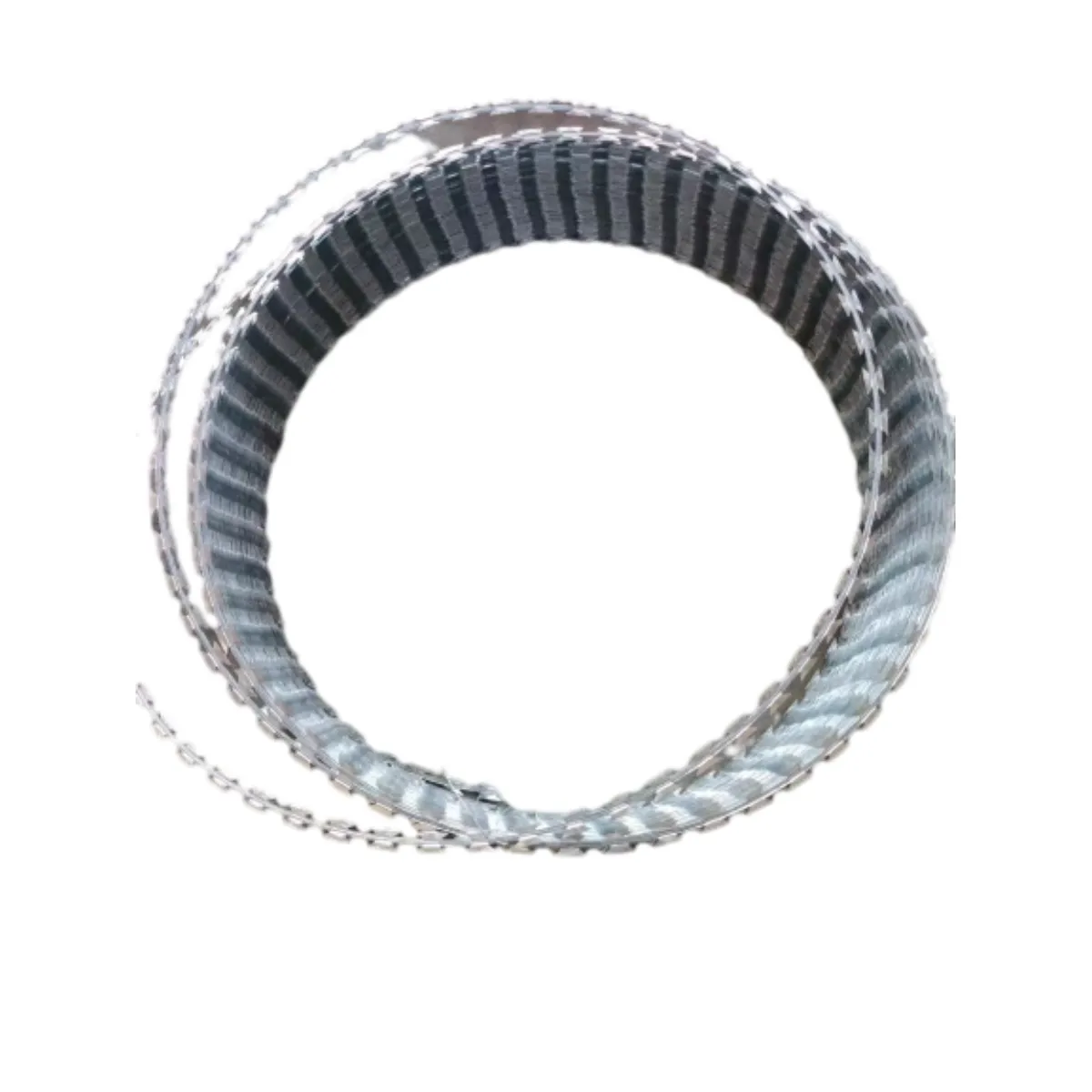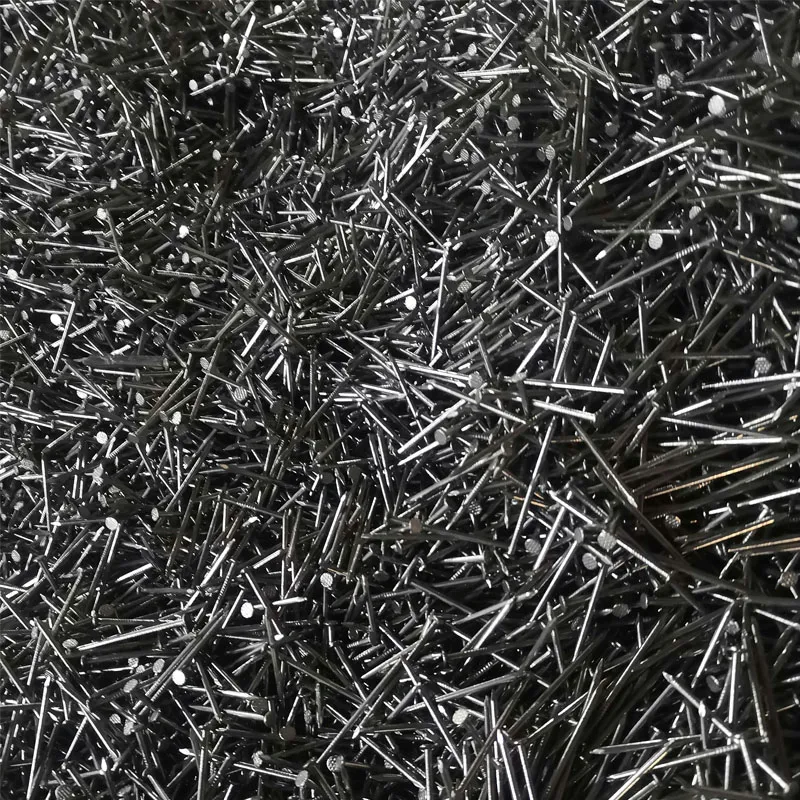Jul . 12, 2024 01:58 Back to list
Calculate the cost of purchasing roofing nails for a new construction project
When it comes to roofing, one of the most important materials needed for the job is roofing nails. These small, but essential components play a significant role in ensuring that your roof is properly installed and secure. If you are a homeowner or a contractor looking to purchase roofing nails, it is important to understand the cost factors involved in acquiring them.
The cost of roofing nails can vary depending on a variety of factors. One of the main factors that contribute to the cost of roofing nails is the material they are made from. Common materials used for roofing nails include galvanized steel, stainless steel, and aluminum. Each material comes with its own set of benefits and drawbacks, which can affect the overall cost.
Galvanized steel roofing nails are one of the most popular choices due to their durability and resistance to corrosion. These nails are commonly used in areas with high humidity or salty air, as they are less likely to rust over time. However, the cost of galvanized steel roofing nails is typically higher than other materials due to the additional coating of zinc that helps protect them from corrosion.
Stainless steel roofing nails are another popular choice, known for their superior strength and resistance to rust and corrosion. While they may be more expensive upfront, the long-term benefits of using stainless steel roofing nails can outweigh the initial cost. These nails are often recommended for use in coastal areas or regions with harsh weather conditions

cost of roofing nails. Aluminum roofing nails are a more budget-friendly option compared to steel nails, but they are also less durable and prone to bending or breaking under heavy pressure. These nails are best suited for projects where weight is a concern, as aluminum nails are lighter than steel or stainless steel options. However, it is important to consider the longevity and durability of aluminum nails before choosing them for your project. In addition to the material used, the size and shape of roofing nails can also impact their cost. Common sizes for roofing nails range from 1 inch to 3 inches, with larger nails typically costing more due to the additional material used. Additionally, the shape of the nail head can influence its cost, with options such as flat heads, umbrella heads, and ring shank heads all varying in price. When calculating the cost of roofing nails for your project, it is important to consider the quantity needed. Roofing nails are typically sold in bulk quantities, with prices either listed per pound or per package. It is recommended to overestimate the amount of nails needed for your project to account for any mistakes or unforeseen circumstances, which can help prevent additional trips to the store and added costs. Overall, the cost of roofing nails can vary depending on the material, size, shape, and quantity needed for your project. While it may be tempting to opt for cheaper options, investing in high-quality roofing nails can help ensure the longevity and durability of your roof. By understanding the factors that contribute to the cost of roofing nails, you can make an informed decision and select the best option for your specific needs.

cost of roofing nails. Aluminum roofing nails are a more budget-friendly option compared to steel nails, but they are also less durable and prone to bending or breaking under heavy pressure. These nails are best suited for projects where weight is a concern, as aluminum nails are lighter than steel or stainless steel options. However, it is important to consider the longevity and durability of aluminum nails before choosing them for your project. In addition to the material used, the size and shape of roofing nails can also impact their cost. Common sizes for roofing nails range from 1 inch to 3 inches, with larger nails typically costing more due to the additional material used. Additionally, the shape of the nail head can influence its cost, with options such as flat heads, umbrella heads, and ring shank heads all varying in price. When calculating the cost of roofing nails for your project, it is important to consider the quantity needed. Roofing nails are typically sold in bulk quantities, with prices either listed per pound or per package. It is recommended to overestimate the amount of nails needed for your project to account for any mistakes or unforeseen circumstances, which can help prevent additional trips to the store and added costs. Overall, the cost of roofing nails can vary depending on the material, size, shape, and quantity needed for your project. While it may be tempting to opt for cheaper options, investing in high-quality roofing nails can help ensure the longevity and durability of your roof. By understanding the factors that contribute to the cost of roofing nails, you can make an informed decision and select the best option for your specific needs.
Latest news
-
Weather Resistance Properties of Quality Roofing Nails
NewsAug.01,2025
-
How Galvanised Iron Mesh Resists Corrosion in Harsh Environments
NewsAug.01,2025
-
Creative Landscaping Uses for PVC Coated Wire Mesh Panels
NewsAug.01,2025
-
Common Wire Nail Dimensions and Their Specific Applications
NewsAug.01,2025
-
Choosing the Right Welded Wire Sheets for Agricultural Fencing
NewsAug.01,2025
-
Anti - Climbing Features of Razor Wire Barriers
NewsAug.01,2025

